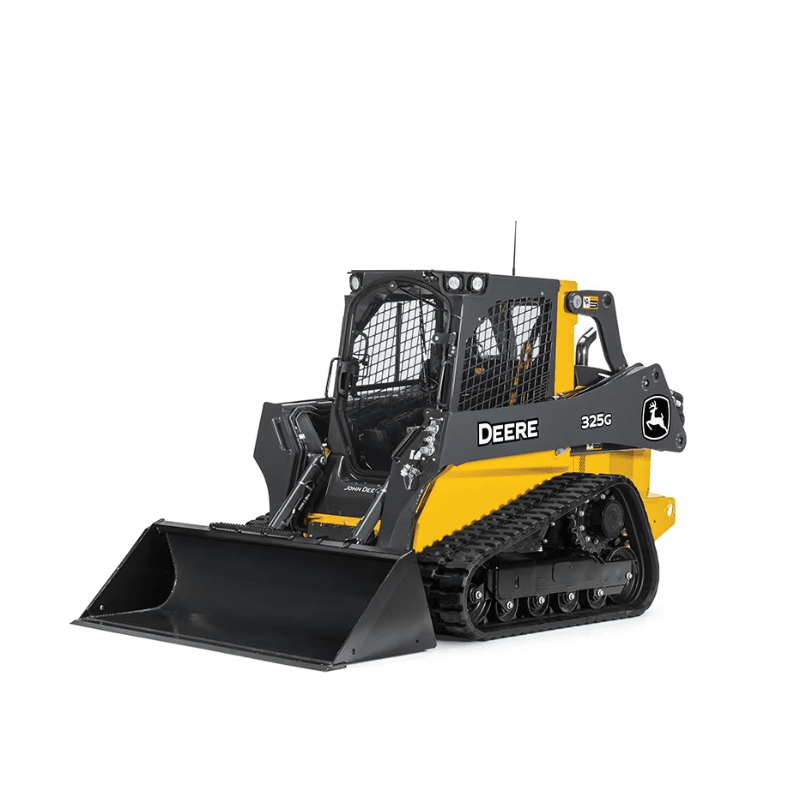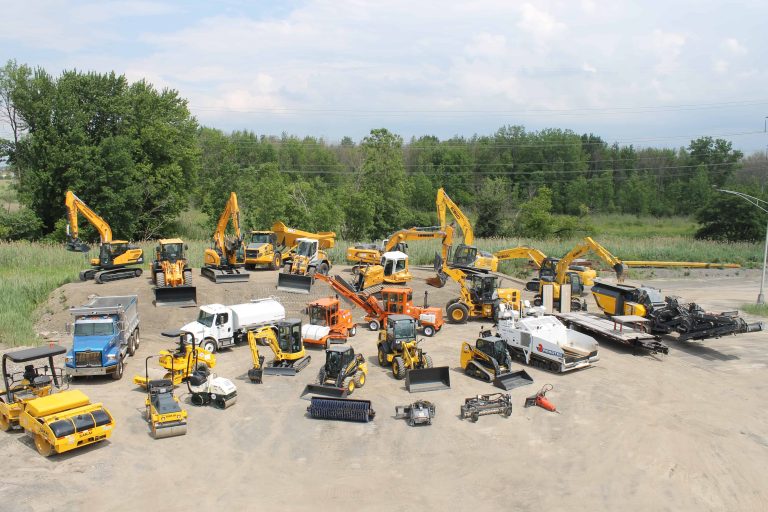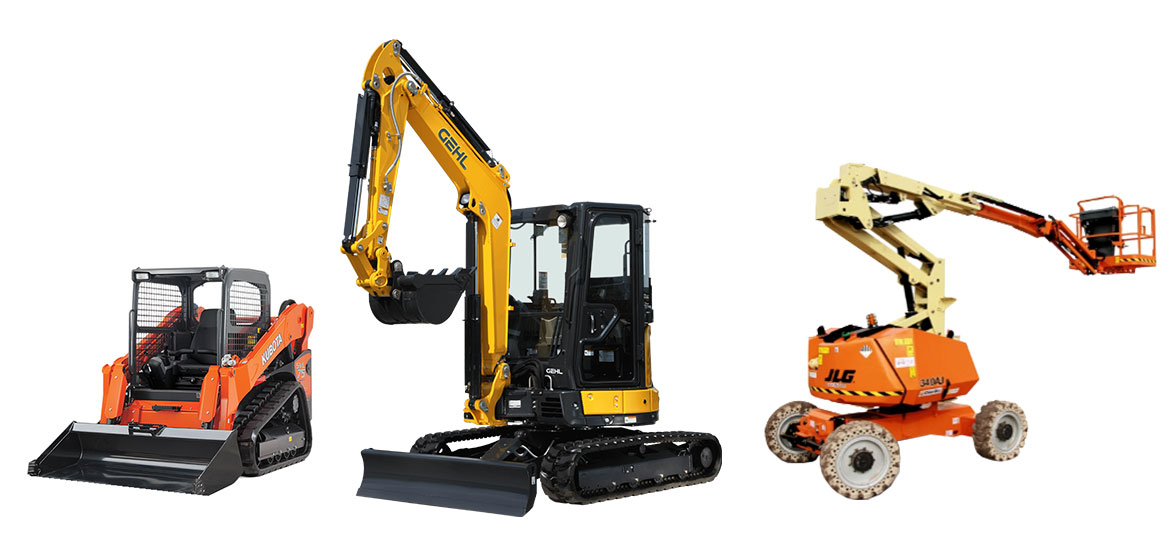Aerial Lift Rental: Versatile Training Solutions for High-Access Jobs
Aerial Lift Rental: Versatile Training Solutions for High-Access Jobs
Blog Article
Optimize Your Budget Plan by Recognizing the Expenses Related To Construction Equipment Services
Understanding the full scope of expenses connected with building tools rentals is vital for maximizing your budget plan. What strategies can be utilized to successfully manage these costs and make sure a much more efficient rental experience?
Summary of Rental Costs
When taking into consideration construction tools leasings, understanding the linked costs is extremely important for effective budgeting and project preparation. Rental costs can vary considerably based upon several aspects, including tools type, period of leasing, and location. The first rental charge usually shows the tools's market need and its connected operational capacities, influencing the general expense.
Along with the base rental rate, supplementary prices may develop, such as transport fees, gas additional charges, and upkeep costs. It is vital to represent these additional costs to precisely analyze the total cost of leasing equipment. The rental duration can influence pricing; longer rentals may qualify for affordable prices, while temporary services could sustain greater everyday charges.

Breakdown of Rental Rates
An extensive understanding of rental rates is important for professionals and project managers intending to maximize their budgets. Rental rates for construction tools commonly include numerous parts, consisting of base rates, time-based charges, and use charges.
Base rates are the core fees connected with the rental of the equipment, usually established by the kind and dimension of the machinery. These rates can differ substantially, influenced by factors such as devices demand, availability, and local market patterns. Time-based charges, which might be daily, weekly, or monthly, offer to fit different task timelines and rental durations.
Additionally, rental prices may include usage costs, which apply when tools is used beyond a defined threshold, ensuring that the rental company can make up deterioration. Seasonal need changes can additionally impact rental prices, with peak building and construction seasons generally regulating higher costs.
Furthermore, recognizing the rental business's plans concerning upkeep and insurance coverage can give additional insight right into the overall expense framework. By evaluating these parts, professionals can make educated choices, making certain the choice of rental tools straightens with both task needs and spending plan constraints.
Added Charges to Think About
Understanding the ins and outs of extra charges is vital for contractors to manage their total service costs effectively. Beyond the typical rental prices, various auxiliary costs can dramatically affect the complete cost of tools service. These costs often consist of delivery and pickup charges, which can differ based on range and logistics associated with moving the tools to and from the work site.
Moreover, some rental firms may impose gas additional charges if the devices is returned with less gas than when leased. It is also necessary to understand prospective cleaning costs, especially for specialized devices that requires thorough maintenance after usage.

Thoroughly assessing the rental contract and clarifying these added fees upfront can aid service providers make sure and stay clear of unanticipated expenses that budgets stay undamaged throughout the task lifecycle.
Maintenance and Fixing Costs
Normal repair and maintenance costs are frequently forgotten elements that can significantly influence the total price of building tools services. When leasing tools, it is critical to take into consideration not just the rental charges but likewise the possible expenses linked with keeping the machinery in optimum operating condition.
Lots of rental business include fundamental upkeep as component of the rental arrangement; however, much more considerable repair work or unforeseen failures can lead to extra costs. It's important to evaluate the rental contract very carefully to recognize what upkeep services are covered and what obligations drop link on the occupant.
In addition, tools that is not properly maintained can result in ineffectiveness on the task website, useful reference possibly triggering delays and increasing project costs. To mitigate these risks, it is advisable to carry out regular evaluations and maintain open communication with the rental company concerning any type of problems that develop during use.
Insurance and Liability Prices
Insurance and obligation expenses are vital components that can considerably impact the total cost of building devices leasings (boom lift rental). These costs make certain that both the rental business and the client are protected from possible monetary losses arising from crashes, damage, or burglary during the rental duration

In addition, clients must know any type of deductibles or exemptions in the insurance plan, as these can influence potential out-of-pocket Learn More costs. Understanding the terms and conditions of any kind of insurance protection is important to prevent unexpected expenses. Inevitably, budgeting for insurance and obligation costs can assist ensure a smoother rental experience and safeguard versus economic risks associated with building and construction tasks.
Conclusion
In conclusion, a comprehensive understanding of the costs linked with building and construction tools leasings is essential for effective spending plan monitoring. Eventually, informed decision-making regarding devices services adds to the total success of construction endeavors.
Rental prices can vary substantially based on a number of aspects, including tools type, duration of leasing, and place (mini excavator rental). The rental period can influence prices; longer rentals might qualify for reduced rates, while temporary rentals may incur greater daily charges
By performing complete research and involving with credible rental companies, service providers can efficiently browse the complexities of rental prices, inevitably maximizing their economic resources.
Past the common rental prices, numerous supplementary charges can considerably influence the total cost of tools rental. Rental business often give liability insurance coverage that covers injuries to third events or damages to residential property, while equipment damage insurance coverage can cover the price of repair work or substitute if the rented equipment is damaged.
Report this page